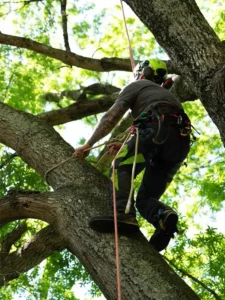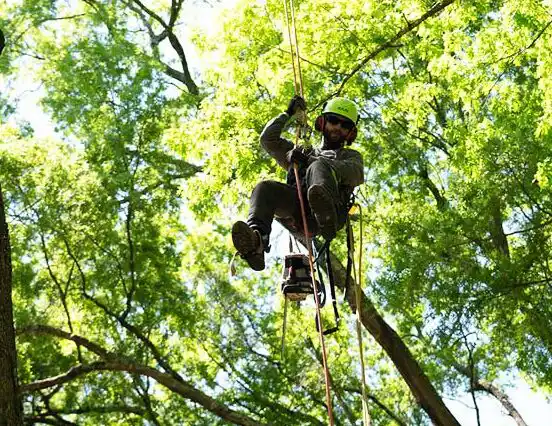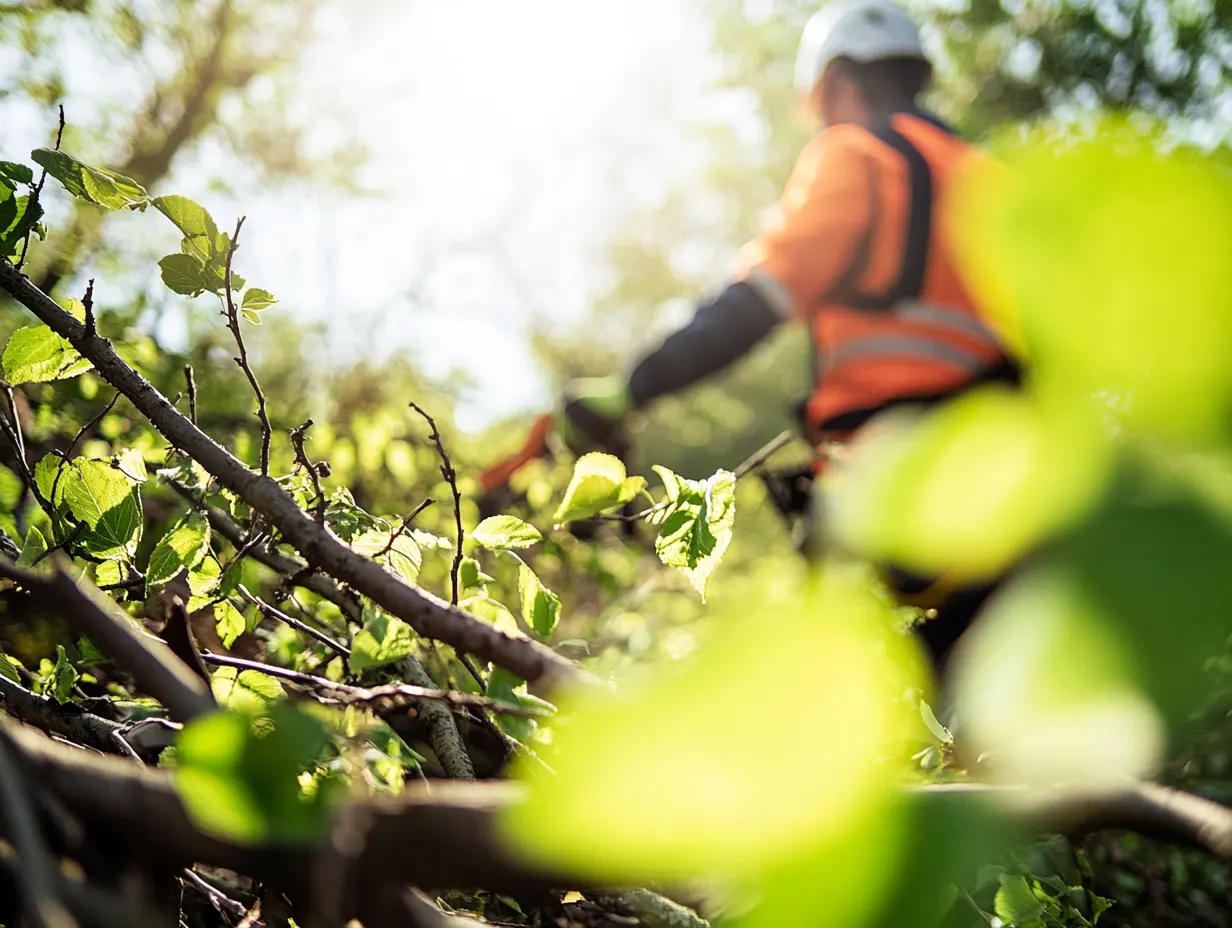Tree Pruning Service in Durham



Professional Tree Care Services
Maintaining the health and visual appeal of trees entails expert tree pruning. At BroadLeaf Tree & Shrub, our professional tree pruning services in the Durham area are designed to enhance your trees’ vitality and appearance. By removing dead or diseased branches, we promote healthy growth and ensure trees are visually appealing.
Why Tree Pruning Is Important
Tree pruning, sometimes referred to as tree trimming is more than just an aesthetic choice—it’s a crucial part of ensuring your trees are healthy for years to come. At BroadLeaf, our arborists carefully manicure your trees ensuring your yard is not only visually appealing but your trees are trimmed to our highest standards. Consider the following benefits when contemplating our tree trimming services:
Promotes Tree Health and Longevity
Increases Sunlight and Airflow
Creates a Clean, Polished Look
Boosts Fruit and Flower Production
Prevents Safety Hazards and Protects Your Home
Prepares Trees for Seasonal Changes
Quality Tree Service from BroadLeaf Tree & Shrub
BroadLeaf Tree & Shrub offers tree removal, tree pruning, shrub pruning, and plant health care in Durham, Raleigh, Morrisville, Apex, Cary, Hillsborough, Chapel Hill, and the nearby communities. Our arborists are committed to providing homeowners with quality tree services, whether you want to remove a tree or maintain it.
With a combined 50 years of industry experience, our Durham-based tree company has cultivated quality methods to tackle tree and shrub care efficiently.

Our Tree Pruning Process
At Broadleaf Tree & Shrub, we take a thorough and strategic approach to tree trimming to ensure the health, safety, and beauty of your trees. Our experienced tree services team employs the latest techniques and industry best practices to promote growth and vitality while maintaining the natural aesthetics of each tree.
Before we begin pruning, our team conducts a detailed assessment of your tree’s condition. This includes identifying dead, diseased, or damaged branches, evaluating the tree’s overall structure, and understanding your specific goals for the tree, such as improved health, safety, or aesthetics.
Every tree is unique, and so is our approach. Based on the assessment, we create a tailored pruning plan that considers the tree species, its growth pattern, and its surrounding environment. This ensures we prune in a way that promotes long-term health and maintains structural integrity.
Using industry-approved techniques and advanced tools, our skilled arborists remove unwanted branches while protecting the tree from unnecessary stress or damage. We strictly adhere to ANSI (American National Standards Institute) safety guidelines and ISA (International Society of Arboriculture) best practices throughout the process.
Once the pruning is complete, we thoroughly clean up your property, removing all branches and debris. We leave your landscape neat and cared for, with no mess left behind.
After pruning, we perform a final inspection to ensure the tree meets your expectations and our high standards. We may also provide recommendations for ongoing care and tree maintenance to keep your trees healthy and thriving.
Why Choose Our Tree Care Professionals
When it comes to taking care of trees, choosing a skilled and trustworthy tree services team is essential for keeping your trees healthy, safe, and looking great. At BroadLeaf Tree & Shrub, we’re proud to offer high-quality services for some key reasons. Our team has the experience and is committed to using the best techniques and equipment to help your trees thrive. This not only boosts the beauty of your landscape but also adds to its overall value.
Licensed and Insured Professionals
Our team is fully licensed and insured, giving you peace of mind that your property and trees are in safe, capable hands. We are committed to providing trustworthy and professional service from start to finish.
Local Expertise in Durham’s Trees and Climate
We understand the unique challenges posed by Durham’s diverse tree species and climate conditions. Our knowledge of the local environment ensures that our tree care services are tailored to meet the specific needs of your landscape.
Advanced Tools and Safe, Efficient Techniques
Equipped with state-of-the-art tools, we use the latest techniques to ensure precise and effective results. Whether it’s routine trimming or complex pruning, our approach emphasizes safety, efficiency, and care.
Adherence to TSIA, ISA, and ANSI Standards
Our team follows strict guidelines from the Tree Care Industry Association (TSIA) and the International Society of Arboriculture (ISA). We also adhere to ANSI (American National Standards Institute) safety standards to ensure your trees receive exceptional care with minimal risk.
Dedicated to Superior Tree Care
At BroadLeaf Tree & Shrub, our mission is to help your trees thrive. From enhancing tree health to improving the safety and aesthetics of your property, we are committed to delivering outstanding results tailored to your unique needs.
Get a Quote from our Durham, North Carolina Tree Experts Today
Experience the difference with BroadLeaf where our arborists take pride in carefully trimming and shaping trees in a manner that yields an attractive, healthy yard.
For quality tree service in Durham and the surrounding areas, reach out to us today at 919-632-3565 or fill out the form below.